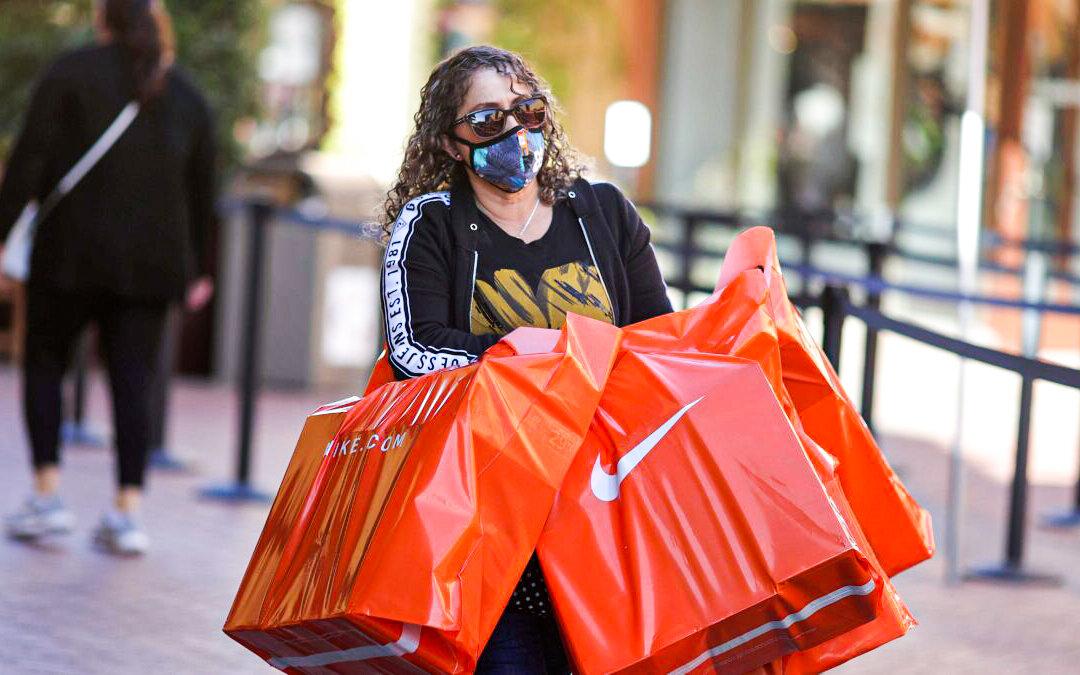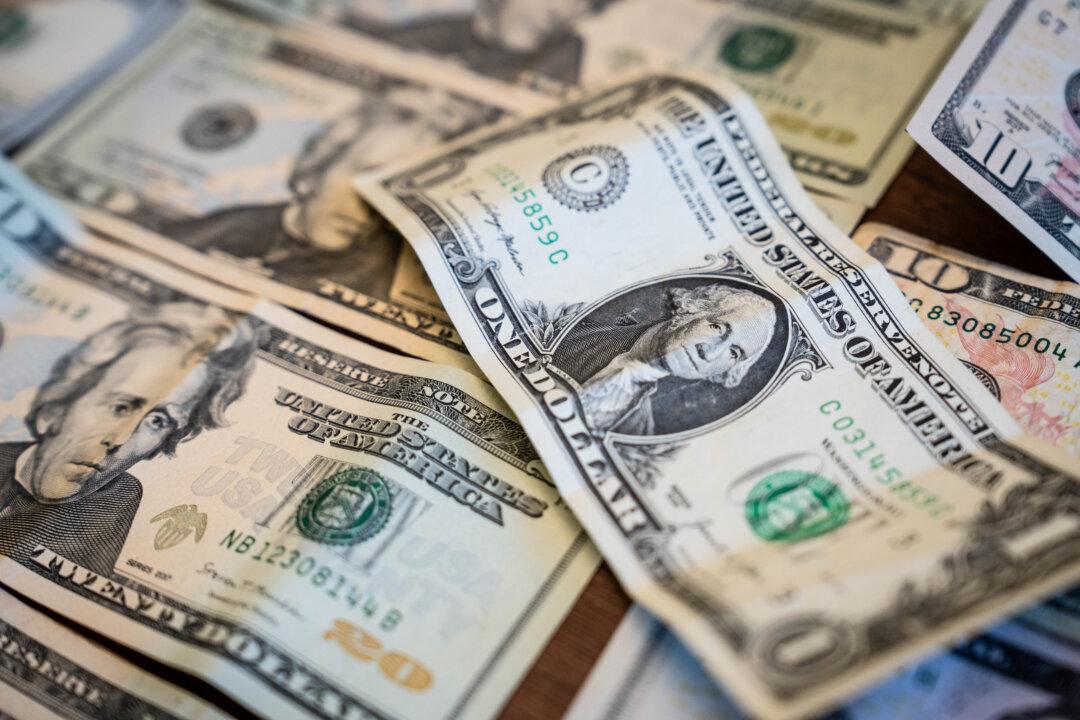This holiday season, retailers have curbed their deep discounts, prompting consumers to visit discount stores amid surging inflation.
Black Friday and Cyber Monday sales were considered disappointing by market analysts. It turns out that promotional emails, flashy advertising materials, and the buzz over seasonal shopping were not enough to allure consumers this year.





